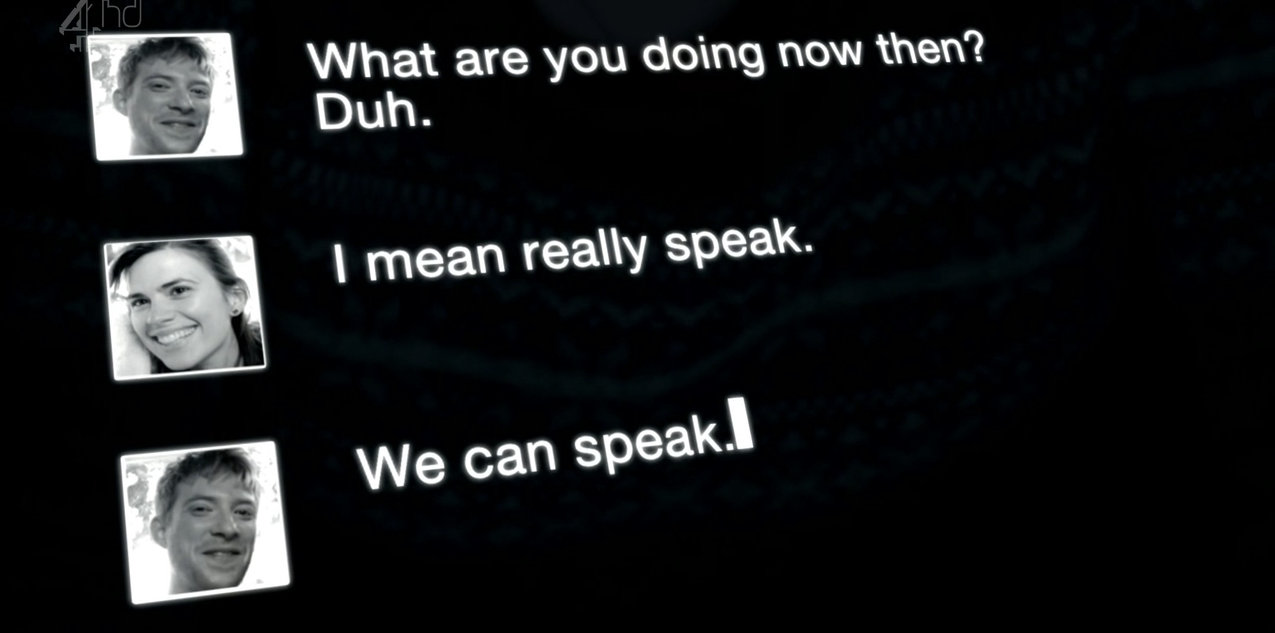Column by Ann for De Tijd: Will conversing with AI friends become the norm?
A monthly view on technology, shared by Ann Claes for Belgian newspaper De Tijd.
Avatars are more than toys for children. They are increasingly being developed into powerful digital tools.
November 2, 2023, De Tijd
What first comes to mind when you hear the word “avatar”? The blue creatures from James Cameron’s science fiction films? Or maybe you think of Aang, the bald character from the Nickelodeon series “Avatar. Or do you think of avatar lookalikes on Instagram for your stories? Or rather game characters?
As recently as 38 years ago, ‘avatar’ had only a spiritual meaning. The Sanskrit word “avatar” literally means “the descending one,” referring to incarnations of divine beings in human or animal form who bring peace and balance. That changed in 1985 with the computer game “Ultima IV: Quest of the Avatar” or with Neal Stephenson’s cyberpunk novel “Snow Crash. The creations in the game and the novel already exude a little less calm and balance.
This year, 16,800 research articles were published already on avatars. These studies range from the best technological evolutions to the impact and psychology behind them. Technological evolution is moving fast, our society and regulations are still lagging behind.
A new era where adopting multiple identities and conversing with AI friends may become the norm.
Avatars are evolving into powerful digital tools, customizable and versatile, present in online worlds and marketing strategies. Some of the best-known avatars are virtual influencers such as Lil Miquela and Imma, the product of marketing teams. Consider also rapper Travis Scott, whose virtual concert in the online game “Fortnite” reached more than 27 million visitors and generated millions in digital merchandise.
A shift is underway from role-playing games coordinated by filmmakers and game developers to applications in the metaverse where users take much more initiative. Users are creating impact themselves, and that can have both positive and negative consequences. We are at the dawn of a new era where adopting multiple identities and conversing with AI friends may become the norm. “Creating an avatar should be as important a step as the birth of a child and should not be reduced to clicking a few buttons,” writes researcher Heera Shin. Awareness already seems urgent to me.
Creating an avatar should be as important a step as the birth of a child and should not be reduced to clicking a few buttons.
HEERA SHIN, Researcher and designer Tweet
Artificial Intelligence and the development of avatars
At the same time, there are everyday applications that give me aha experiences. Consider the use of avatars to optimize e-commerce, such as the start-up Lalaland. Which allows clothing models to be created with AI, acting very inclusively through numerous body types. Better visualization can lead to better choices, more sales and fewer returns.
Artificial intelligence is accelerating the development of avatars today. The movie “Her,” which received an Oscar in 2013 with a story about a man who develops feelings for his virtual assistant with a female voice, seemed to show a distant future a decade ago. ‘Be Right Back,’ the best episode of the ‘Black Mirror’ series, depicts the next variation of an avatar: a deceased person brought back to life virtually. The “digital descendant” is ready for a new chapter with his digital identity. With this, I like to tip off possible new references for the word “avatar,” beyond blue mythical creatures.


